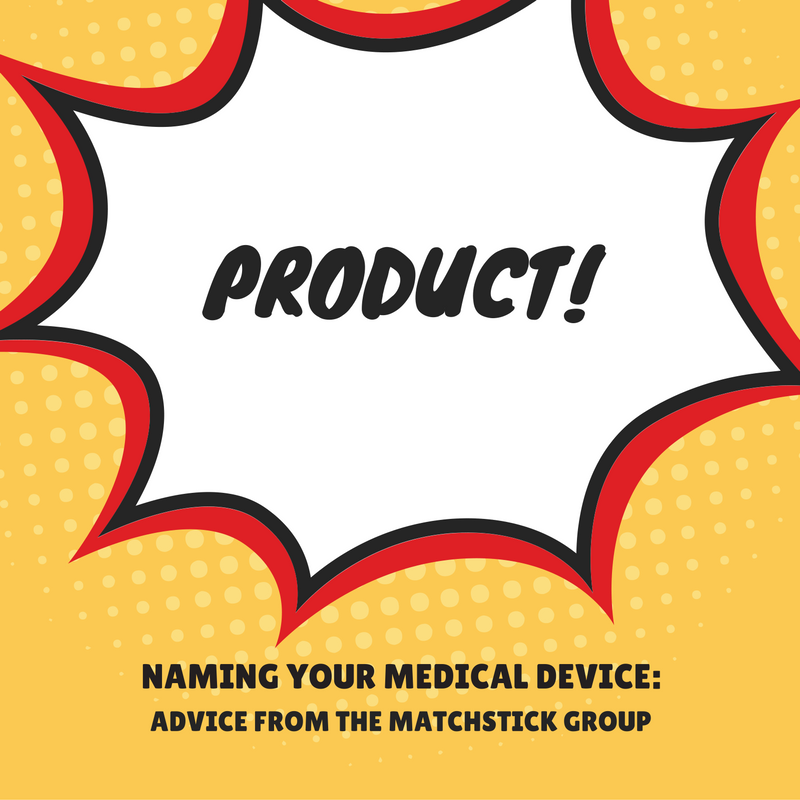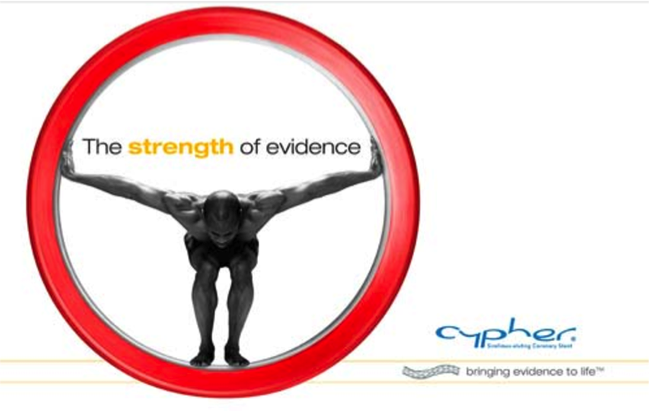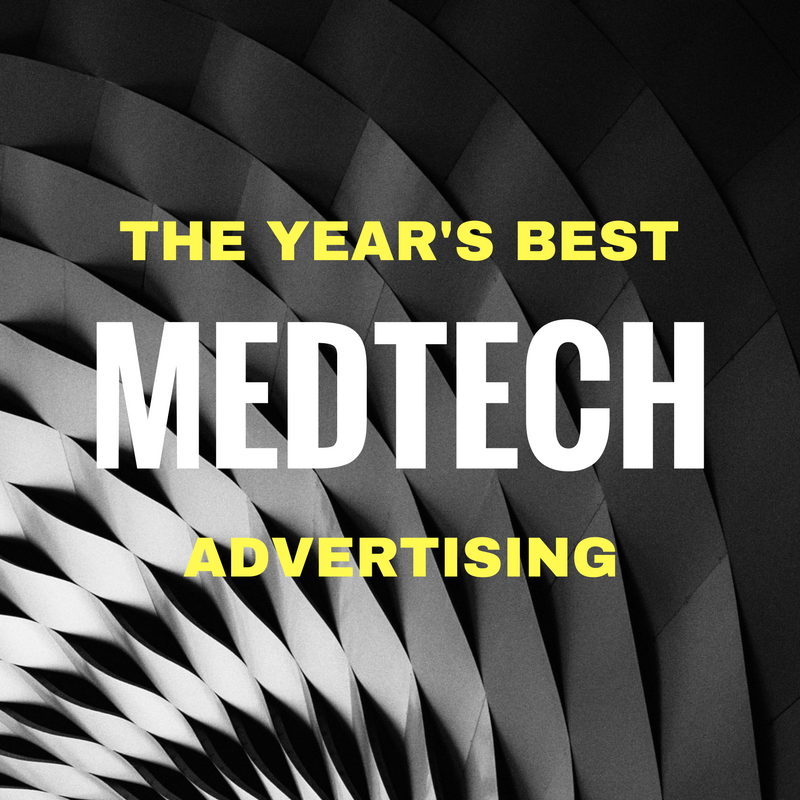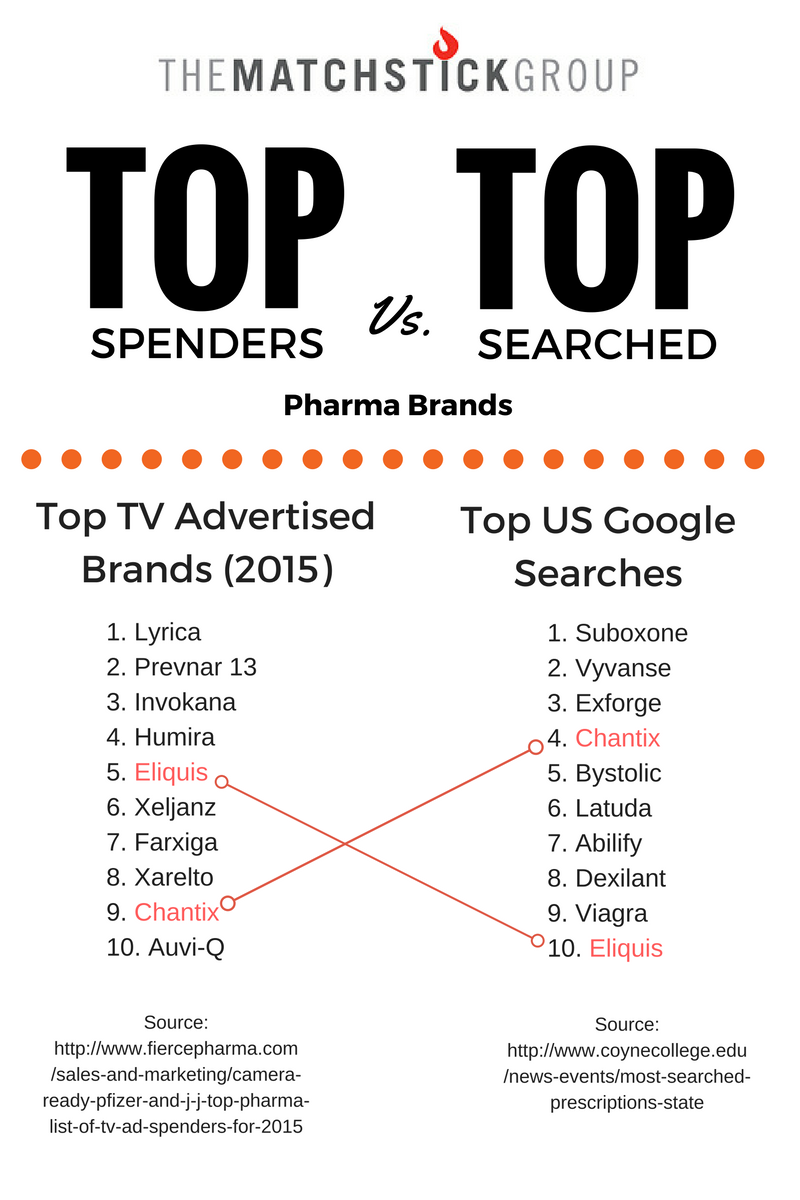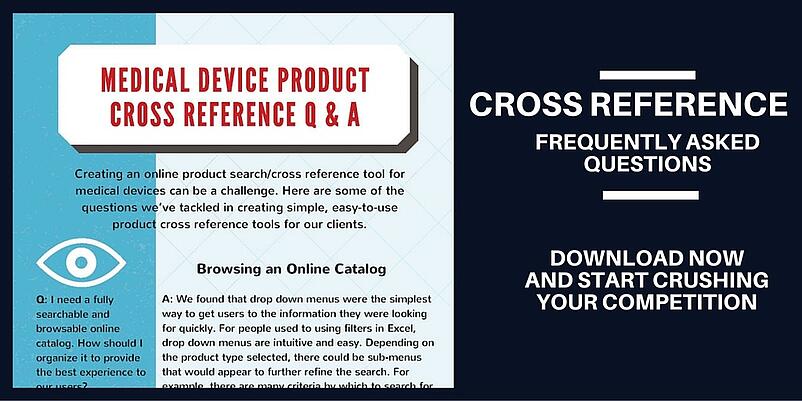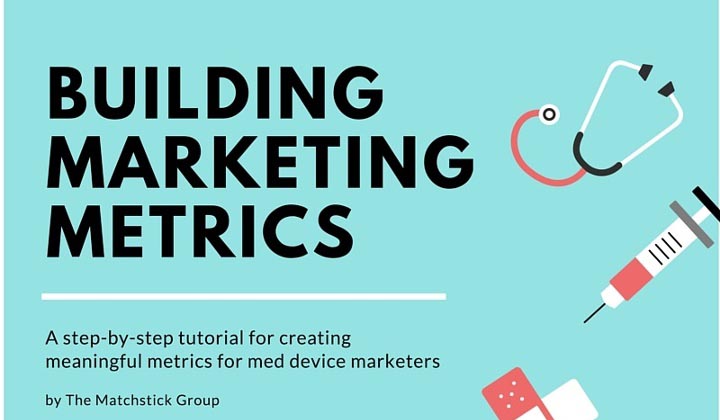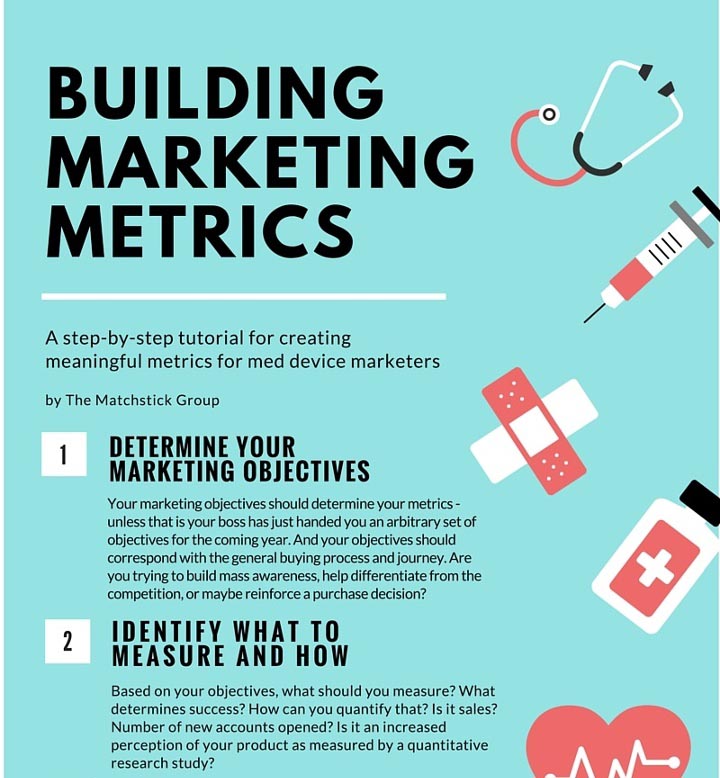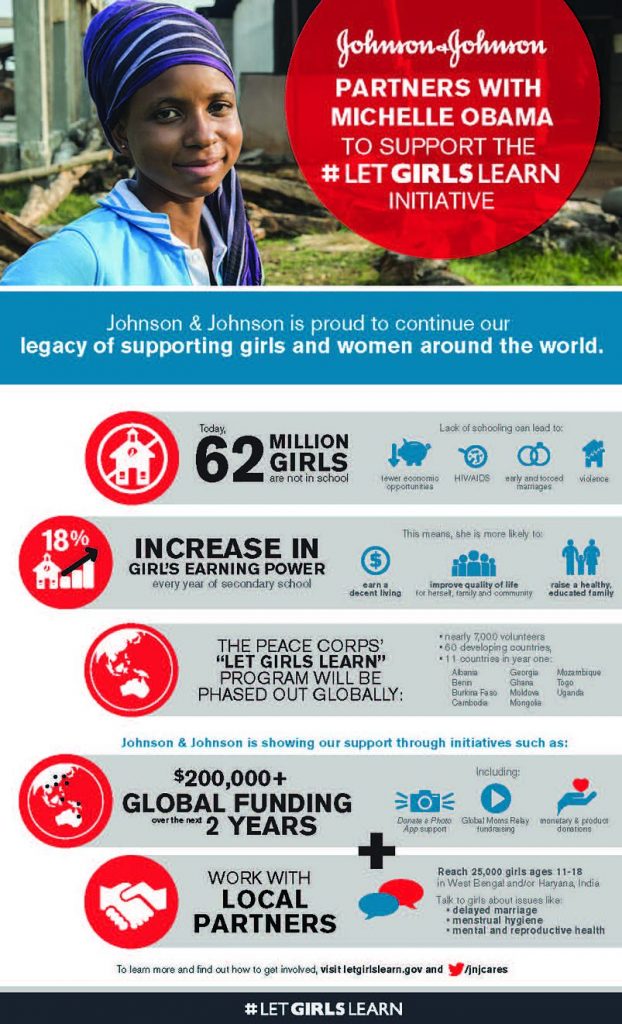We’ve taken a look into the future to bring you our predictions relating to the world of health, medicine, and technology in 2017:
VR/AR will be big at trade shows this year
In our experience doing market research for our clients, one thing is clear: physicians like getting their hands on new tools and new technologies and trying them out. Really, it’s a no-brainer. For cars, it’s easy to let people take a test drive because a safe infrastructure has been built around cars. Now, with VR and AR, a safe environment can be created for any imaginable medical simulation. Want to go in and bust through a calcified lesion inside an artery with the latest device? Now, a physician can try it out while standing in a tradeshow booth.
More devices will be mobile connected and expect more health apps
If you saw our post on the best MedTech ads of 2016, you might have noticed that it included several app-based solutions. Most experts expect the Smart Health segment to grow by almost 25% by 2020, and with more and more wearable devices being developed, we predict that many more health-related mobile apps are in the pipeline.
Big Data will come to MedTech
With the shift to electronic health records ad the accompanying rules, regulations, and security protocols, we predict that companies will be utilizing the massive data analytics tools out there to gain insights toward innovations and greater efficiency. (By the way, if you’re interested in the intersection of government, health, and information technology, we recommend following @n_brennan the Chief Data Officer for Medicare and Medicaid.)
And speaking of Big Data…
The medical device industry will use need to innovate using Big Data to comply with government UDID regulation
There is so much data involved in the tracking of devices. With the benchmarks that are on the horizon, moving the industry toward having a tracking number on EVERY device by 2020 will require an enormous investment in companies’ analytics capabilties. You can expect to see Big Data making a Big Impact on the medical device industry this year.




